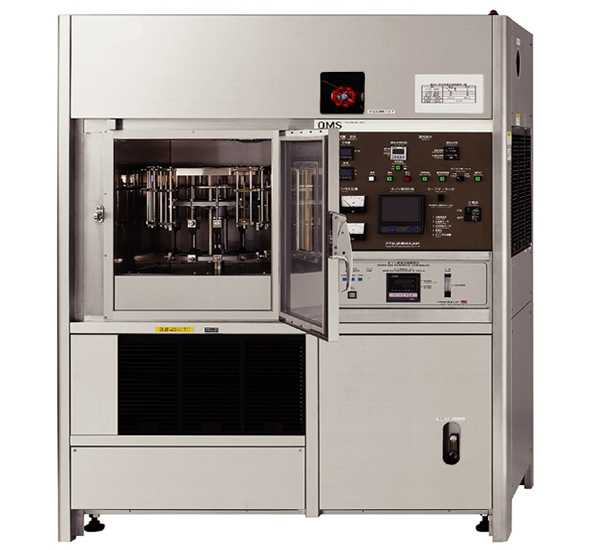Analysis of the value of UV Carbon Arc weather Meter for aging test
UV Carbon Arc Weather Meter as an instrument for accelerated light fastness testing has been widely accepted worldwide. This instrument is used to test the aging of different materials and products to light. It is suitable for fiber textiles, building materials, notebooks, common office supplies and other fields, and is suitable for various test standards for light fastness.
Internationally, the test methods of UV Carbon Arc Weather Meter have their own opinions. At present, the methods of artificial accelerated weathering test such as natural weathering test, xenon arc lamp irradiation, or carbon arc lamp irradiation, ultraviolet lamp irradiation, etc. are commonly used. This article will discuss how to choose a suitable test method.
1. Natural weather aging test
The natural weathering test method is a method widely used at home and abroad. The main reason is that the natural weathering test results are more realistic, the cost is lower and the operation is simple and convenient. Although we can conduct natural weather aging tests anywhere, the internationally recognized test site is Florida in the United States because of its ample sunlight.

However, the disadvantage of the natural weathering test is that the test takes a long time, and the tester may not have so many years to wait for the test result of a product. In addition, even in Florida, the climate cannot be exactly the same year after year, so the reproducibility of the test results is not ideal.
2. Xenon arc radiation test
The xenon arc radiation test is considered to be the test that can best simulate the full solar spectrum because it can generate ultraviolet light, visible light and infrared light. Because of this, it is considered the most widely used method at home and abroad. GB/T1865-1997 (equivalent to IS0113411:1994) describes this method in detail.
But this method also has its limitations, that is, the stability of the xenon arc lamp light source and the complexity of the test system that it brings. The xenon arc light source must be filtered to reduce undesirable radiation. In order to achieve different irradiance distributions, there are a variety of filter glass types to choose from. The choice of glass depends on the type of material being tested and its ultimate end use. Changing the filter glass can change the type of short-wavelength ultraviolet light that passes through, thereby changing the speed and type of damage to the material. There are 3 types of filters commonly used: daylight, window glass and extended ultraviolet light types (Method 1 and Method 2 mentioned in the national standard GB/T1865-1997 correspond to the first two types).
Typical xenon arc radiation is equipped with an irradiance control system. The irradiance control system is very important in the xenon arc radiation test, because the inherent stability of the spectrum of the xenon arc light source is worse than that of the fluorescent ultraviolet light. Someone abroad has investigated the difference between the spectrum of a new xenon arc lamp and an old xenon arc lamp that has been used for 1000 hours. As a result, it is found that the spectral energy distribution not only changes significantly in the long wavelength range of the light source with the use of the lamp, but also changes significantly in the short wavelength range. The reason for this change is the aging of the xenon arc lamp, which is its own inherent characteristics.
A variety of remedial measures can also be taken for this change. For example, increase the frequency of lamp replacement to reduce the effects of lamp aging. Or a sensor can be used to control the irradiance. Although there are changes in the spectral energy distribution caused by lamp aging, the xenon arc lamp is still a reliable and reflective light source for weather resistance and sunlight resistance tests.
Most xenon arc radiation tests use water spray and/or automatic temperature control systems ("surface water spray" proposed by the national standard GB/T1865-1997) when simulating wetting conditions. The limitation of the water spray method is that when the relatively low temperature water is sprayed on the relatively high temperature test panel, the test panel will cool down, which will slow down the process of material damage.
The above is the content of UV Carbon Arc Weather Meter that Qinsun answered in detail for you. I hope it can help you. If you need to purchase, you are welcome to come to consult.
2021-12-03 10:41
- Related News
FAQs about Garment processing equipment
What is the Vertical Flame Test?
What is a needle flame tester?
What is a Dry Microbial Penetration Tester?
Top 10 Fiber Fineness Testing Instruments
Top 10 Penetration & Permeability Testing Instruments
Top 10 Comfort Testing Instruments
